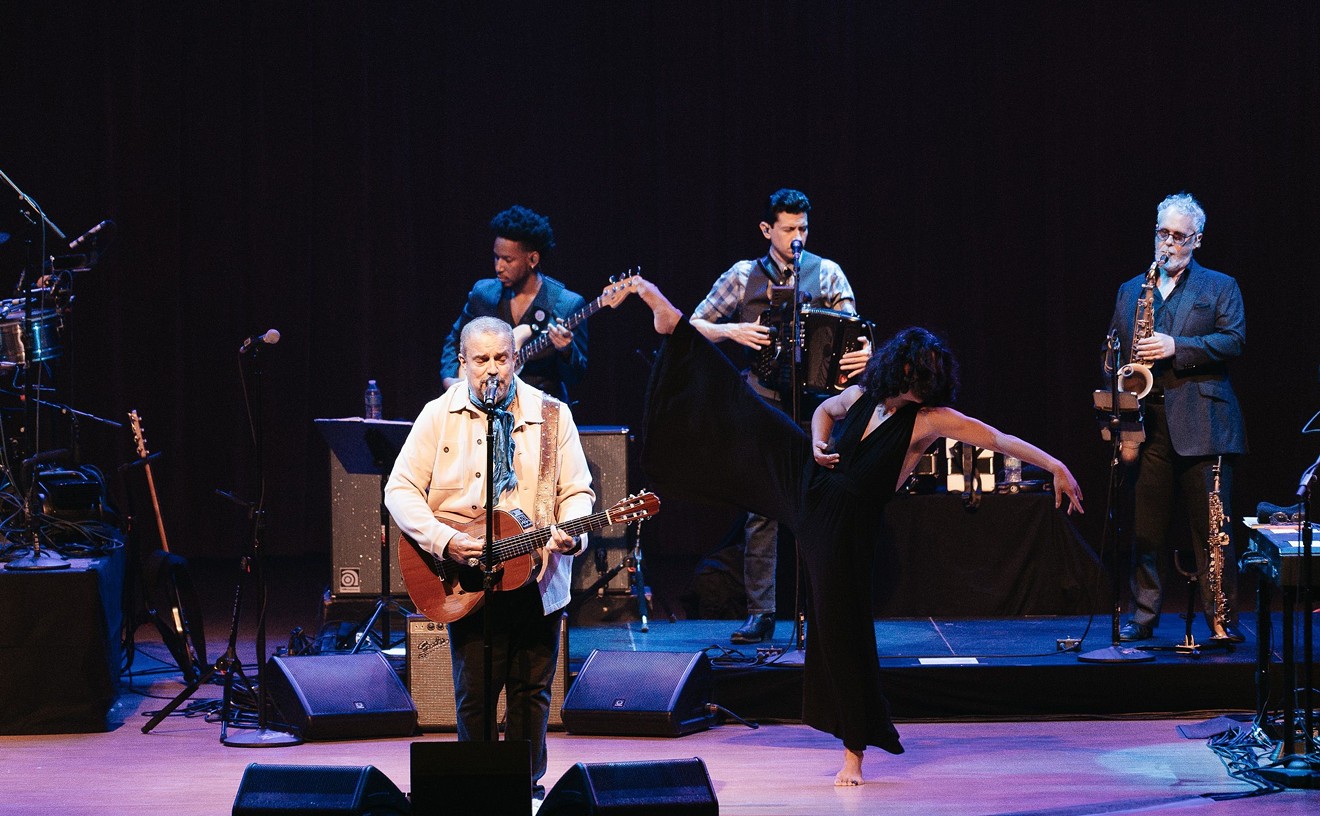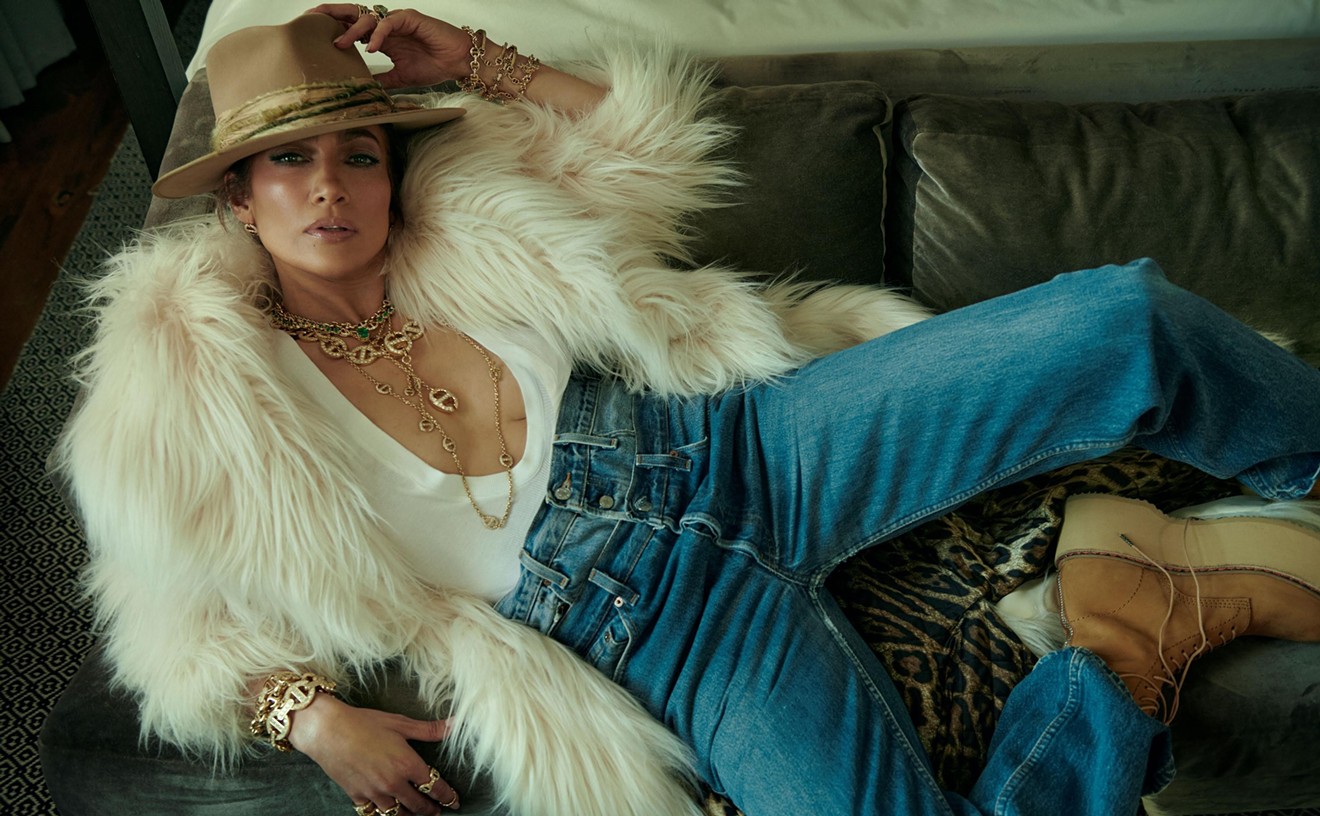Music vet and New Times scribe Lee Zimmerman shares stories of memorable rock 'n' roll encounters that took place in our local environs. This week: A sullen Sammy and a beaming Bennett.
I should start by saying that when I was growing up, my parents were part of the pre-rock 'n' roll generation. Nowadays, most people say that they inherited their love of the Beatles, the Stones, and others of that ilk from their folks and that that's what gave them their first impressions of modern music. However, I was part of an earlier generation whose parents were weaned on big bands, Sinatra, and what's commonly referred to as MOR, or "Middle of the Road." They were traditional artists who crooned the standards, many of which dated back before the Second World War. When I was growing up in Texas, the music I most remember hearing around our house were show tunes like the The Sound of Music and Porgy and Bess -- not to mention that off-color comedy album my dad would pull out every once and while, a faux play-by-play describing a farting contest.
Follow County Grind on Facebook and Twitter: @CountyGrind.










